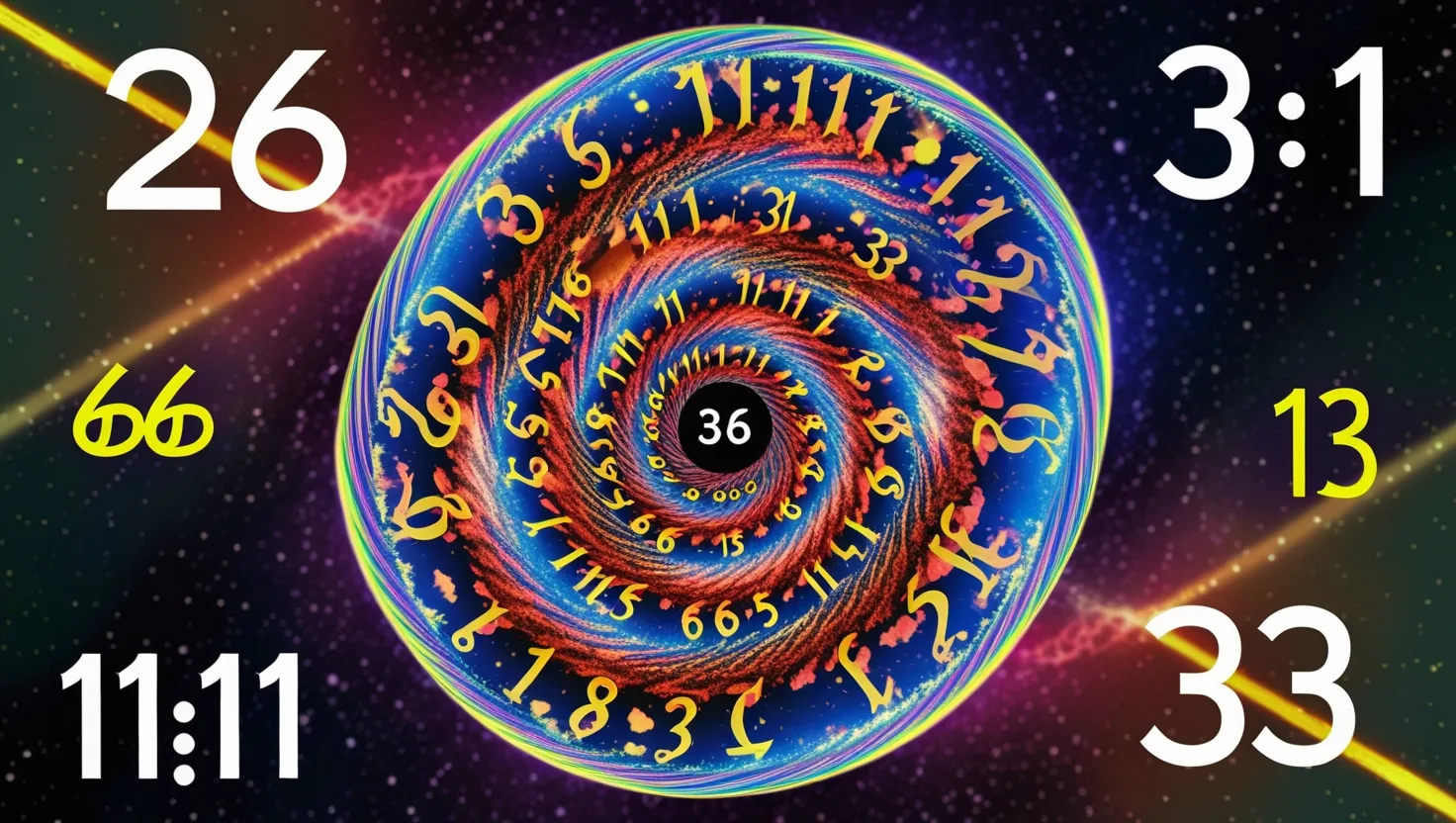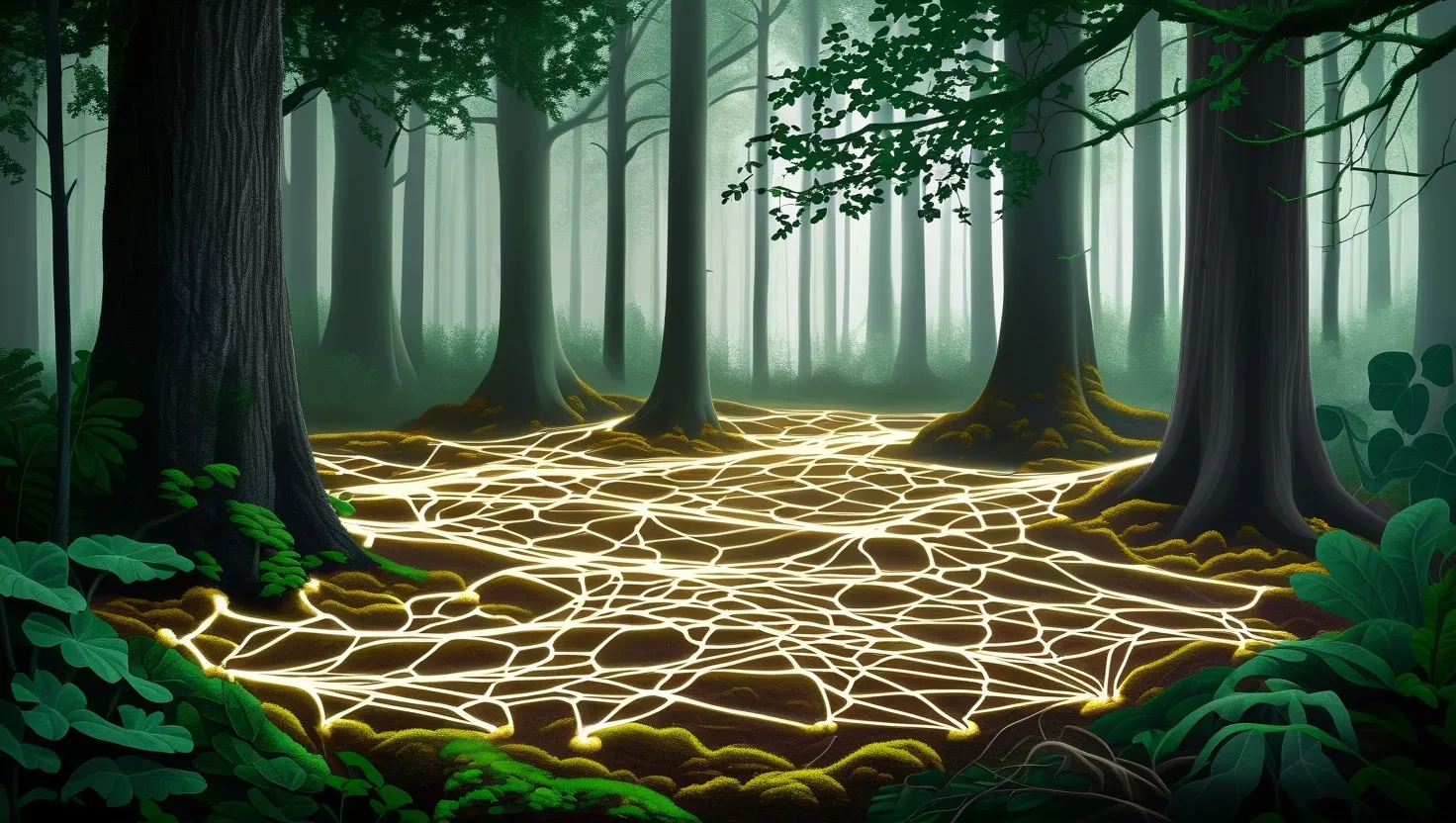Imagine a world where nature itself has a memory, a collective reservoir of experiences and patterns that influence the behavior and development of all living things. This is the core idea behind the concept of morphic resonance, a theory that has sparked both fascination and controversy in the scientific community.
The Concept of Morphic Resonance
At the heart of morphic resonance is the idea that natural systems inherit a collective memory from all previous things of their kind. This means that when similar patterns of activity are repeated, they become more likely to happen again, essentially becoming habitual. For instance, if a group of rats learns to navigate a maze quickly, their descendants, even if separated by distance and time, might learn the same maze faster than the first group did. This phenomenon is not limited to animals; it also applies to plants, crystals, and even molecules.
Biological Implications
One of the most intriguing aspects of morphic resonance is its potential to explain certain biological phenomena that traditional science struggles to account for. For example, consider the blue tit, a small bird that learned to open milk bottles in the UK. This behavior spread rapidly across the country, and interestingly, blue tits in other parts of the world began to exhibit the same behavior without any apparent direct influence. According to morphic resonance, this could be due to a collective memory field that allows these birds to tap into the experiences of their predecessors.
Crystal Formation and Morphic Resonance
Crystals provide another compelling example. When new chemical compounds are synthesized, the process of crystallization often becomes more efficient over time. This suggests that the crystals are somehow “remembering” the patterns of previous formations. In experiments, the melting points of newly synthesized crystals have been observed to increase as more crystals of the same kind are formed, indicating a stability that comes from a collective memory.
Telepathy and Interspecies Communication
Morphic resonance also delves into the realm of telepathy and interspecies communication. Rupert Sheldrake, the biologist who proposed this theory, has conducted extensive research on dogs that seem to know when their owners are coming home. These dogs often wait at the door or window long before their owners arrive, suggesting a form of telepathic connection. Sheldrake’s experiments with a dog named Jaytee involved filming the dog continuously to observe its behavior, and the results were striking: Jaytee consistently anticipated his owner’s return.
Social Behavior and Collective Memory
The idea of morphic resonance extends beyond individual organisms to social groups. Flocks of birds, schools of fish, and even termite colonies exhibit coordinated behaviors that seem to defy conventional explanations. These behaviors could be influenced by collective morphic fields that contain a memory given by morphic resonance. In human societies, family patterns and cultural behaviors might also be influenced by such fields, leading to the transmission of habits and behaviors across generations.
The Evolution of Laws of Nature
Morphic resonance challenges the traditional view of the laws of nature as eternal and unchanging. Instead, it suggests that these laws evolve over time, much like human laws. This perspective is particularly relevant in the context of the Big Bang theory and evolutionary cosmology, which indicate that the universe is continually developing. If the laws of nature are not fixed but rather habits that evolve, then how are they remembered or enforced? Morphic resonance offers a possible answer: these laws are remembered through a collective memory inherent in nature.
Criticisms and Controversies
Despite its intriguing implications, morphic resonance has faced significant criticism from the scientific community. Critics argue that there is a lack of empirical evidence to support the theory and that it is inconsistent with established scientific theories in genetics, embryology, neuroscience, and biochemistry. The experimental methods used to test morphic resonance have been criticized for being poorly designed and subject to experimenter bias. However, proponents argue that the theory is not unfalsifiable and that it offers a new perspective on many unsolved problems in biology.
Personal Reflections and Observations
As I delve into the world of morphic resonance, I find myself pondering the everyday experiences that might be influenced by this collective memory. For instance, have you ever noticed how certain behaviors or trends seem to spread rapidly across different groups of people? This could be more than just social influence; it might be a manifestation of morphic resonance at work.
The Potential for Forgotten Knowledge
If morphic resonance is real, it opens up the possibility of tapping into a vast reservoir of collective memory. Imagine being able to access the knowledge and experiences of our ancestors in a way that transcends traditional learning. This could revolutionize fields such as education, psychology, and even technology. However, it also raises questions about the nature of memory and how it is stored. If memories are not stored in our brains but rather in a collective field, what does this mean for our understanding of consciousness and the human experience?
Predicting Future Events
One of the more speculative aspects of morphic resonance is its potential to predict future events. If nature has a memory that influences future behaviors, could we use this knowledge to anticipate changes in natural systems? For example, could we predict the behavior of animal populations or the formation of new crystal structures? While this is highly speculative, it underscores the profound implications of morphic resonance if it were to be proven.
Conclusion
Morphic resonance is a theory that challenges our conventional understanding of nature and its laws. While it remains a topic of debate, it offers a fascinating perspective on how the world works. Whether or not you believe in the idea of a collective memory field, the phenomena it attempts to explain are undeniably intriguing. As we continue to explore and understand the natural world, theories like morphic resonance remind us that there may be more to reality than what we currently know.
In the end, the question remains: are we surrounded by an invisible web of natural information, or is this just another case of pattern-seeking gone wild? The answer, much like the nature of morphic resonance itself, is still shrouded in mystery, waiting to be uncovered by curious minds and rigorous scientific inquiry.






